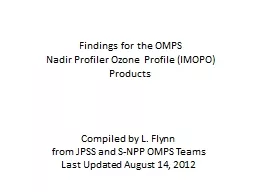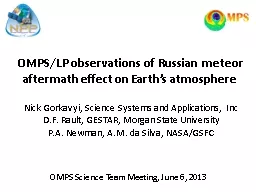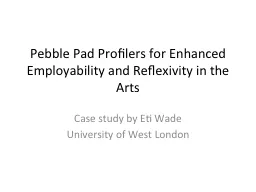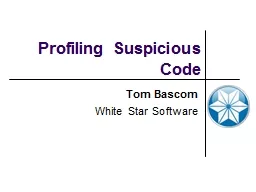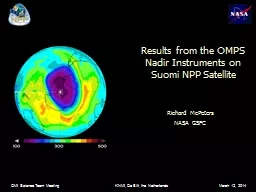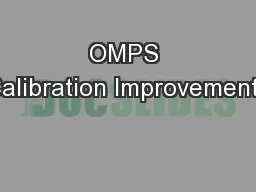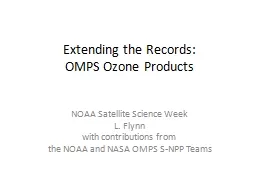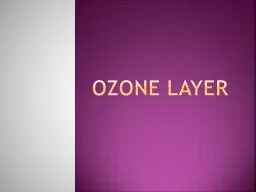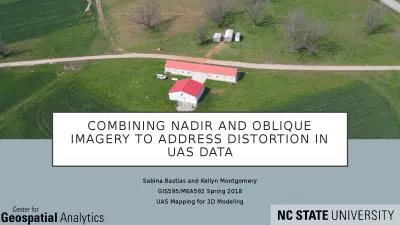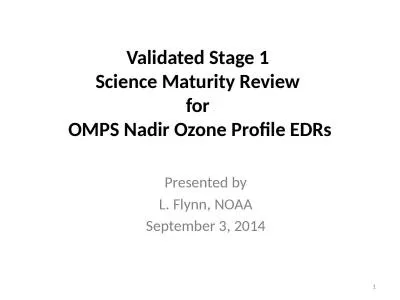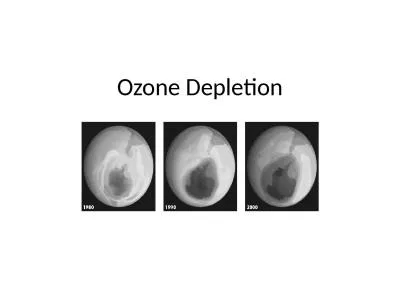PPT-Findings for the OMPS Nadir Profiler Ozone Profile (IMOPO)
Author : alexa-scheidler | Published Date : 2018-10-22
Products Compiled by L Flynn from JPSS and SNPP OMPS Teams Last Updated August 14 2012 Outline Beta amp Provisional Definitions OMPS Background IMOPO Performance
Presentation Embed Code
Download Presentation
Download Presentation The PPT/PDF document "Findings for the OMPS Nadir Profiler Ozo..." is the property of its rightful owner. Permission is granted to download and print the materials on this website for personal, non-commercial use only, and to display it on your personal computer provided you do not modify the materials and that you retain all copyright notices contained in the materials. By downloading content from our website, you accept the terms of this agreement.
Findings for the OMPS Nadir Profiler Ozone Profile (IMOPO): Transcript
Download Rules Of Document
"Findings for the OMPS Nadir Profiler Ozone Profile (IMOPO)"The content belongs to its owner. You may download and print it for personal use, without modification, and keep all copyright notices. By downloading, you agree to these terms.
Related Documents

